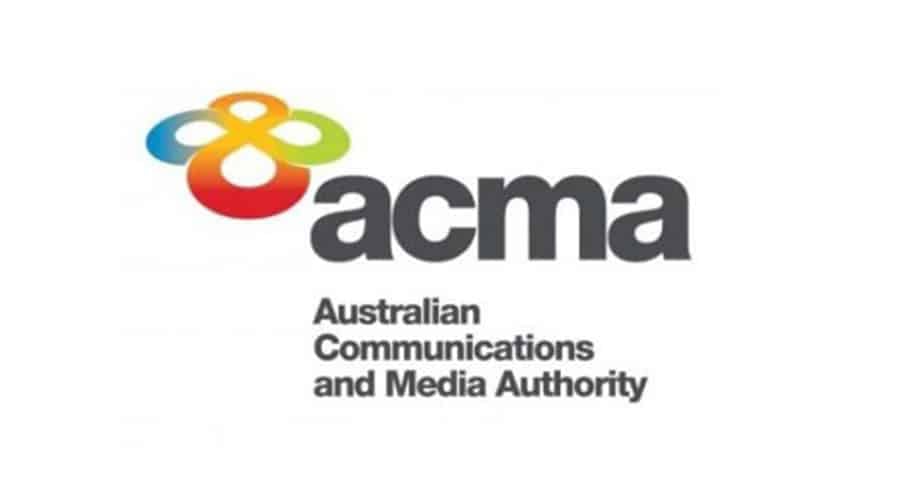The Australian Communications and Media Authority (ACMA) has released a public discussion paper inviting stakeholders to contribute to the future use of the country’s radio frequencies.
Many of the current 20-year spectrum licences issued to Australia’s major telcos are set to expire between 2028 and 2032. This spectrum is mainly used to provide mobile telecommunications services across Australia.
This is the first time the ACMA has been responsible for considering the future of these licences that, under law, may be renewed, partially renewed, or refused to be renewed.
To inform its future decisions, the ACMA’s paper seeks information from incumbents on their current and future use of this spectrum and from potential new users on alternative uses.
ACMA authority member and spectrum lead Adam Suckling said radio waves are a finite public resource that the ACMA manages with the aim of delivering the most effective social outcomes.
“Given the critical importance of spectrum usage to industry, the economy and the public, we are starting the process now – well in advance of the expiry dates,” he said.
“We are talking about very high value spectrum, ideal for facilitating 5G mobile internet and even 6G as we look ahead over the next decade and beyond.
“We are seeing new technologies and innovations on the horizon, such as network sharing models and satellite applications, that could boost competition nationally as well as improve network coverage in regional areas.
“We recognise that this is not a ‘greenfields’ exercise with the use of some frequency bands for a particular service, such as wireless broadband, not in contention. However, with around three-quarters of long-term spectrum licences expiring, it is timely to consider whether there is potential to enhance competition and provide more choice for consumers.
“As the ACMA works through this process, we will be guided by the public interest objectives of the Radiocommunications Act and ministerial policy statements.”
The ACMA will release its preliminary views on long-term options for the relevant spectrum in late 2024.
